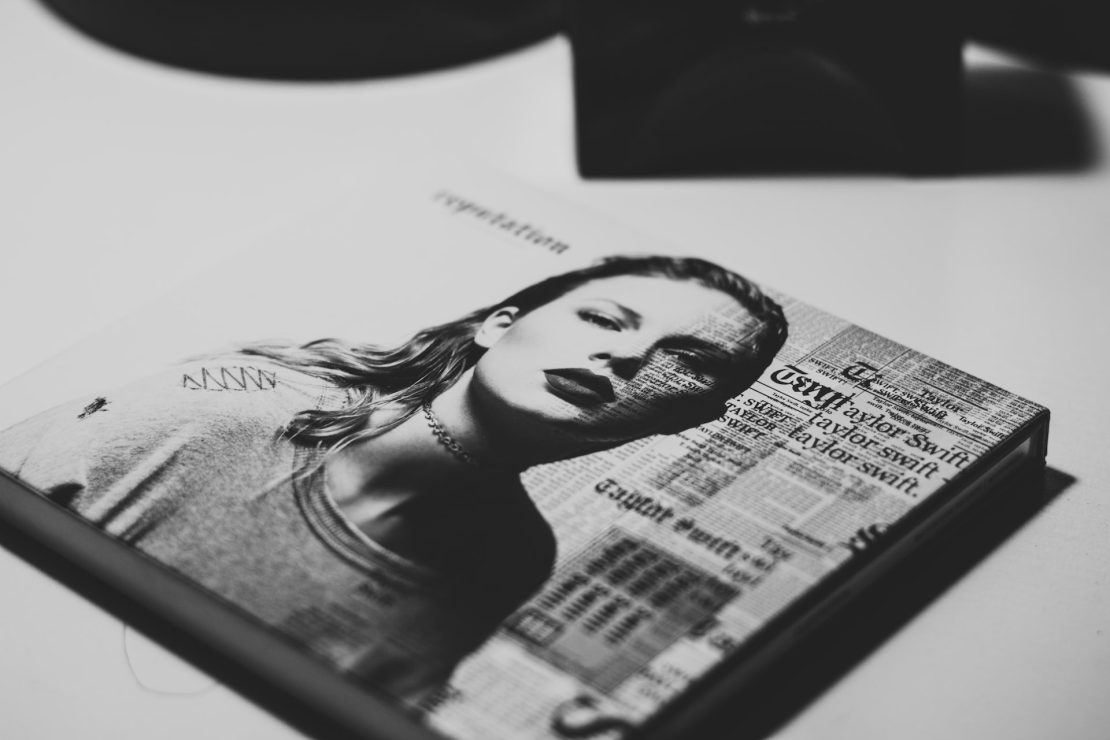How Taylor Swift’s relationship with her fans allowed her to become the richest woman in music

Photo by Raphael Lovaski.
Saying 2023 is going a be a big year for Taylor Swift would be an understatement. Her upcoming Eras Tour is set to make her the highest-grossing female touring artist in history, and breaking records seems to be the only thing she does faster than making music.
With Swift’s net worth already estimated at $570 million, it’s extremely likely that she will achieve billionaire status following the tour. This could not only make her the 328th woman and third musician to become a billionaire, but also the first to achieve this status with music as her primary source of income. Clearly, Taylor Swift is a titan of the music industry who has amassed the elusive trifecta of critical, commercial, and popular acclaim in ways the world has never seen.
Swift started her career as a young country singer, and while she’s moved on from cheer captains and kissing under the bleachers, her image as a kind-hearted, relatable underdog has remained a theme throughout her music and career. This is in part because of her attention to detail as a songwriter: the red scarf in the drawer, the doctor’s office lighting. Her piercing lyricism surpasses common tropes and undoubtedly plays a role in her relatability. However, Swift is not often given credit for how she has cultivated this image. From her country roots, through her transition to pop, to the death of her reputation, the sale of her masters, and infamous battle with Ticketmaster, Swift’s meticulous fan-focused marketing has facilitated her rise to the top and continued success.
Swift’s career began with the release of her 2006 record, Taylor Swift, with then newly established label Big Machine Records. From the get-go, Swift embraced platforms like MySpace, Tumblr, Twitter, and eventually TikTok as a way of personally connecting with fans. As her #TaylorNation grew, she used the platforms to meet fans on tour, tease upcoming projects, and eventually to recruit for her secret sessions.
Secret sessions were a part of Swift’s past album rollout campaigns that involved inviting a select number of super fans into her home to listen to her album prior to release. This began in 2014 with 1989, and Swift would go on to host secret sessions for the reputation and Lover albums. While Swift’s team handpicks very few lucky fans, the potential that you too could be welcomed into her home as a guest, gives the illusion that you have surpassed the typical idolic artist-fan connection to a personal relationship.
However, the 1989 era brought Swift more mainstream success than ever before, and through her constant social media updates, fans saw the lavish lifestyle that accompanied the spotlight. With all that ritz, came inevitable backlash in the form of the infamous 2016 #TaylorSwiftisoverparty. Swift faced an angry Twitter mob for allegedly lying about giving her consent to Kanye West to call her a “bitch” in one of his songs. However, as articles have noted, this wave of hate was also used as an opportunity for those who felt she was getting too confident and calculated in her success to bring her down a peg. Regardless of the motives, it’s clear that she took something from this vitriol, as she has never been as open on social media since.
With the Reputation Stadium Tour grossing $345 million, Swift is clearly no underdog. However, looking at music written about the feud, you can see similar themes of succeeding in spite of resistance, that harken back to her earliest songs.
Following the release of her album Lover, it was revealed that the masters of Swift’s first six studio albums had been sold without her consent. Swift took to social media to announce her plans to re-record those albums, thus the “Taylor’s Version” was born.
While most would support the principle of having ownership over one’s creative endeavours, I can’t help but ask, what effect does this principled support have on Swift’s finances? This is not an indie artist whose streams are their main source of income. Swift is one of the most powerful artists in the world whose streaming earnings are a minuscule percentage of her wealth, regardless of which version you listen to. The business value of these re-recordings to Swift comes from the fans’ investment in her success, failure, and art. Fans have been left feeling as if their work was taken.
The Taylor’s Version era also gave birth to a new level of obsession surrounding “Easter eggs.” Swift has been known to leave hints about upcoming projects in clothing, music videos, and social media posts.. With six albums to re-record, each of which has well-known aesthetics, Swifties can take their theories about what Taylor’s next move might be to another level. However, all of these theories were thrown for a loop when Swift announced that her 10th original album Midnights would be coming out Oct. 21 and then announced the Eras Tour, with tickets set to go on sale in the next week.
The now-infamous Ticketmaster scandal ensued, and instead of blaming Swift, fans took to Twitter to defend her and cast responsibility on the company. Eventually, this prompted the US Department of Justice to open an investigation into Ticketmaster’s monopoly. Despite being at the centre of one of the largest controversies in recent memory, Swift has come out not just unscathed but venerated as someone who chose her supporters over money.
From sprinkler splashes to fireplace ashes, Taylor Swift has focused so intensely on making her Swifties feel connected to her work, that her fan power has become a self-sustaining energy source. As a Swiftie myself, I write this piece to stress the fact that you can enjoy Swift’s art while questioning the tactics she has had to use to reach the top of an economic system that incentivizes capital over art at every turn. After all, she is a mastermind.







